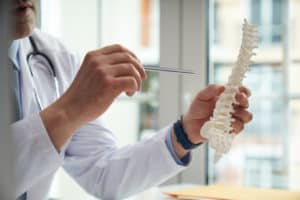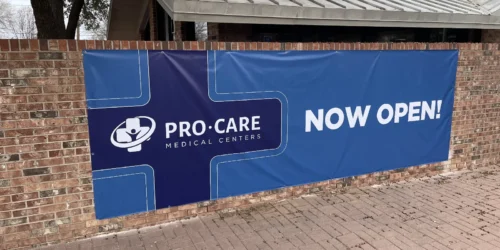
Incomplete vs. Complete Spinal Cord Injuries
The main two types of spinal cord injuries are incomplete and complete injuries. An incomplete spinal cord injury refers to a type of injury to the spine that only causes partial damage. This can include fractures to vertebrae and conditions like spinal stenosis. A complete spinal cord injury will cause permanent damage that will typically lead to loss of mobility and functioning. Any damage to the spine can end up causing a loss of function, including mobility or feeling. The spine and nerves surrounding it communicate and control different parts of the body, so a spinal cord injury can affect the loss of functioning or feeling in extremities like arms and legs.
Four Sections of the Spinal Cord and Injuries
The brain and spine make up the central nervous system that sends nerve impulses through the entire body. This includes nerves that send out motor and sensory information and those that control involuntary bodily functions like breathing, blood pressure, and organ functioning. The spinal cord is divided into four sections, and each of these areas controls different parts of functioning in the body. Here are the four sections of the spinal cord:
Cervical
The cervical spine refers to the area of the spine at the base of your brain through the top of your shoulders. Cervical spinal cord injuries are typically some of the most severe because these vertebrae are closer to the brain and affect a large portion of the body. The first seven vertebrae in your spine make up the cervical spine, and damage to any part of this section of the spine can result in limited or complete loss of feeling and movement from the shoulders and neck down.
Thoracic
The thoracic spine covers the largest part of the back and includes twelve nerves that affect functioning in the upper body and back. These nerves help control muscles in your chest, back, and abdomen. The thoracic spine is also responsible for the healthy functioning of the organs in your chest and providing stability to your back. A spinal cord injury to the thoracic spine can cause pain that radiates into the arms and legs. A complete spinal cord injury can cause loss of feeling and functionality in the arms and legs.
Lumbar
The lumbar spine is more commonly known as the lower back and affects the functioning of the hips and legs. The vertebrae in the lumbar spine are the largest of your whole spinal column and provide the most support to the body. This section of the spine carries most of the weight and pressure of the rest of the body. An injury to the lumbar spine can affect functioning and mobility in the hips and legs, as well as bowel and bladder control.
Sacral
The sacral spine is located just above the tailbone, also known as the coccyx. These bones correspond with nerves in the spinal cord that affect the functioning of the hips, groin, thighs, and buttocks. The pelvic organs are also controlled by the sacral spine, and injury to this area can result in loss of function in the hips, legs, and organs that control the bowel and bladder. An injury to the sacral spinal column may not affect a person’s ability to walk.
Visit an accident doctor for diagnosis and treatment of a spinal cord injury. There are specific diagnostic tests that help doctors get a clearer picture of how the spinal cord was affected by the trauma. Your accident doctor can also talk to you about methods of treatment that will work best for you. Visit Pro-Care Medical Centers in San Antonio, Texas and the surrounding areas to learn more about how we take care of patients with spinal cord injuries.



